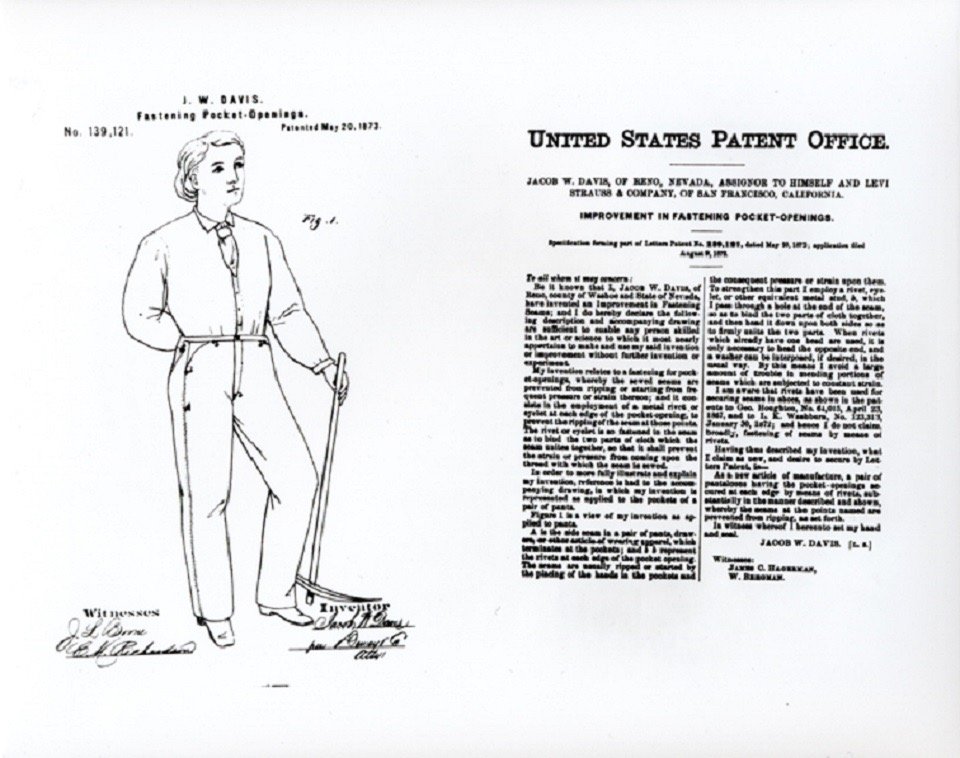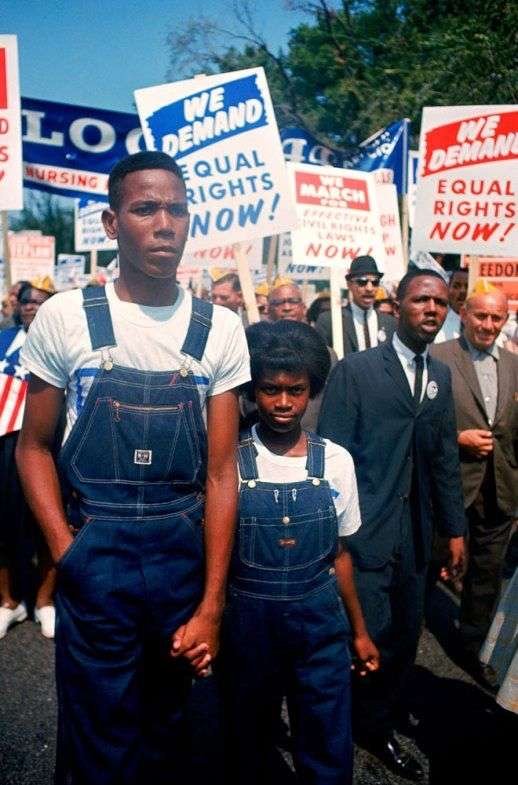History of Overalls
Asha Kannan
From farming and factories to everyday life, and even to the runway, overalls have adapted throughout the decades to maintain their popularity among all types of people. Today, overalls are accepted as an ordinary garment, however, most people are unaware of the somewhat problematic history that comes along with this article of clothing.
At one point, “overalls” was a general term used to describe many different kinds of garments— both underwear and outerwear. The overalls seen in current trends are known as “bib overalls,” including the pants as well as the bib (the material covering the torso that is attached to the pants). In some places, typically in the UK, overalls can be referred to as “dungarees.”
The first appearance of overalls is a bit hazy, having been seen in different contexts. Some claim that overalls were first worn by British soldiers in the 1750s, where the clothing was used to protect more formal clothes from getting dirty. Others acknowledge that overalls were worn by American farmers in the late 1700s and were known as “slops.” Regardless, overalls appeared quite early in history, and existed for nearly one and a half centuries before being patented.
In 1873, Levi’s Jeans patented overalls—but not the modern bib design. Levi’s overalls, constructed with their iconic 501 blue denim, were simply outerwear made to go over other clothing to protect against possible stains. In 1921, bib overalls were patented, but by Lee Jeans, not Levi’s. Although some companies were making bib overalls before 1921 (such as Carhartt), there was no official patent until this time.
Up until World War I, overalls were predominantly worn by either men or small children for work or play, respectively. As more women entered the workforce to support the war effort, overalls became more popular among women. Eventually, overalls began to transition into clothing not just meant for work, but also for style. After World War II, lighter materials—cottons and less heavy canvas materials—allowed the garments to transition into the modern, fashionable overall.
Overalls have been associated with several social movements; but, as society’s values have shifted over time, the historical background of overalls could be considered somewhat controversial today. Overalls, especially in the late 1700s, were often used to distinguish between different races or classes as poorer members of the working class wore overalls. Even after the Emancipation Proclamation made slavery illegal in the United States, this trend continued since sharecroppers wore denim overalls (which were cheap and durable), thus allowing the common eye to differentiate between upper and lower classes.
Of course, overalls were also used as positive symbols of certain movements. During the 1960s, for example, many civil rights activists wore overalls to show their solidarity with the cause. Overalls were meant to represent the lack of social progress in America in regard to racial freedoms. In response to the agrarian-tied history of overalls, many farm-to-table activists also wore overalls to show their support for urban farming. The history of overalls is nuanced—it deserves reflection through a modern lens but there are also positive dimensions to the garment’s background.
Overalls have evolved over time to fit with the trends, or the current events of that generation and the users within it. In today’s rushed world, I—along with most other wearers, I’m sure—do not always have the time to consider the historical significance of the clothing. This thoughtless, although of course purely naive and unintentional mindset, detracts from the cultural importance of the clothing itself. While I don’t think it is necessary to completely avoid overalls due to a fear of both the clothing’s (and America’s) controversial past, instead, I think we should take a few seconds to understand the clothing that we wear to best represent its story in the present and the future.

